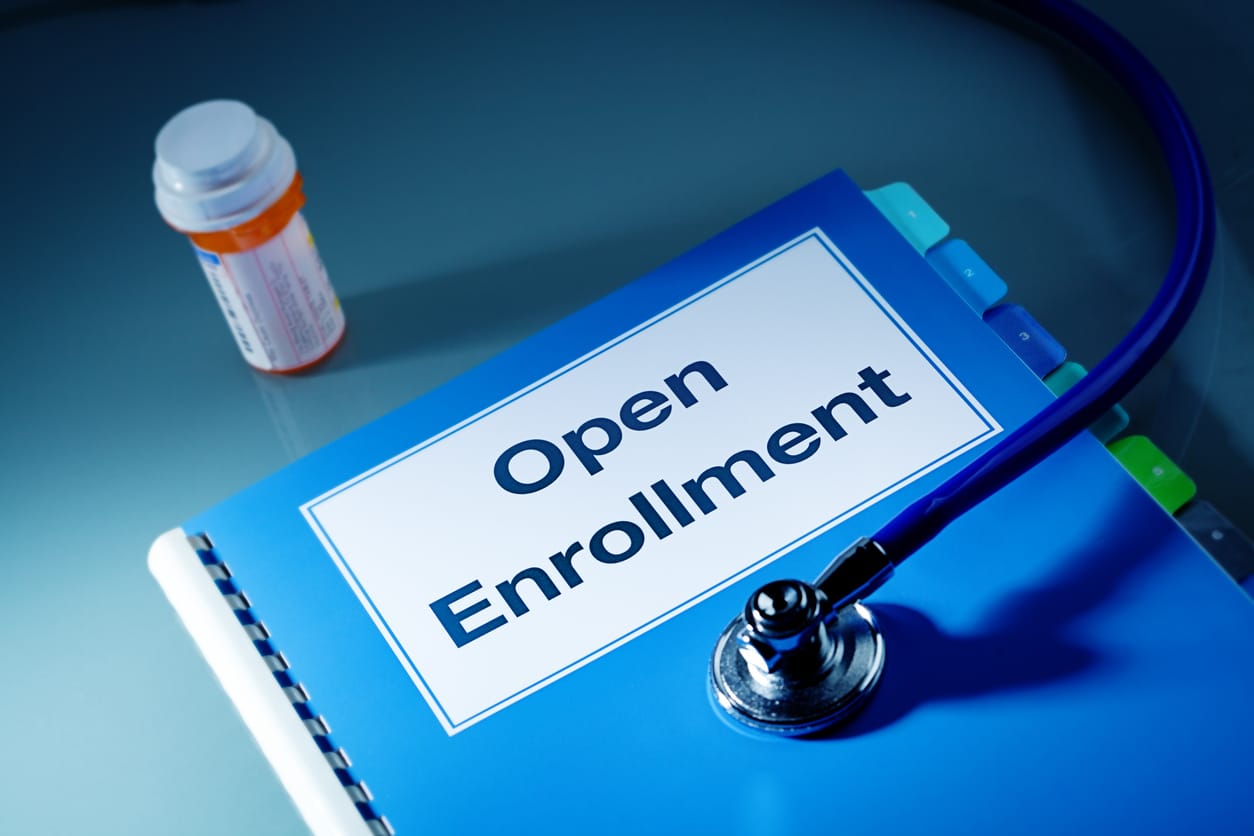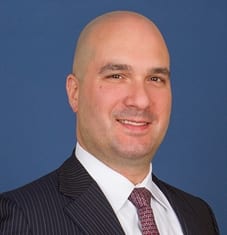For most employers, employee benefits represent a significant portion of their overall budget and a critical part of their employee recruitment and retention strategy. Benefits vary from employer to employer but can range from medical or dental insurance to flexible spending accounts, life and disability insurance, and more. The annual process of renewing those benefits involves a great deal of work, most of which is unseen by employees.
As you finalize your benefits lineup for the next year and hold your first open enrollment meeting, we’re sharing five tips related to common issues we hear from customers each year.
Election Alignment
There are different ways to handle benefit elections. They range from affirmative or “active” elections that require everyone to select options, to evergreen “rolling” elections that only require employees to take action if they want to make changes. There are also many other options in between. Which option an employer chooses depends on their strategy for participation, the types of benefits they offer, state wage deduction rules, and other factors. Before you get started with benefits elections:
- Double check to confirm that any election rules you are using during open enrollment match what was discussed with your insurance carrier or third-party administrator (TPA), as well as matching what you say to employees in plan materials and open enrollment communications.
- Decide what happens if an employee who is enrolled in coverage takes no action during open enrollment. Will their coverage be dropped? Will some or all of their elections carry over to the next plan year? Clearly communicate the consequences of inaction, if any.
Don’t Forget About COBRA!
Federal COBRA applies to most employers that offer group health coverage and that have 20 or more employees. COBRA allows employees (and certain dependents) who experience qualifying events during the plan year to continue coverage for a period of time, at their own cost. Many states have similar laws for employers with fewer than 20 employees, often called “mini-COBRA” laws. Individuals who have elected federal COBRA have many of the same rights as active participants and must be provided the option to waive or elect coverage or add or remove dependents as well. To notify employees of their COBRA rights:
- Clarify who is responsible for sending open enrollment information to COBRA qualified beneficiaries. If you administer COBRA in-house, ensure the person responsible knows open enrollment communications should include COBRA qualified beneficiaries.
- If you are using a third-party vendor for COBRA administration, make sure they send any required communications or paperwork to eligible employees. If the vendor doesn’t do this, the responsibility generally falls on the plan sponsor (the employer).
Leverage Attention
The open enrollment period happens when employees are paying closer attention to benefit-related topics. Open enrollment meetings and communications can present additional opportunities to gather data and insight into the needs and experiences of participants in your benefit programs. Use this time to:
- Consider including an employee survey or otherwise collecting feedback, even anecdotally, on areas of interest or concern. This might include asking for feedback on the open enrollment process and communications. If you hear grumbling about a specific process or hear people express confusion about a particular option, that can be a great way to identify opportunities for education or change. For example, if several people mention in an open enrollment meeting that drug prices are too high, you might decide to send a follow-up communication to remind employees about bulk mail order prescriptions and the additional value that can provide.
- Consider a dependent audit. Dependent audits ensure only eligible individuals are on the plan, which keeps employers in compliance with their plans as written and reduces any unnecessary costs for ineligible dependents. Timing an audit to occur just before or during open enrollment can reduce compliance complications if a dependent is deemed ineligible.
Carefully Review Salary Deduction Agreements
Benefit costs typically change from year to year and most state wage and hour laws require employees to authorize payroll deductions for benefit contributions. Use this time to review your existing deduction agreements and ensure they cover the most current options. Then gather updated deduction agreements from employees. As you review these agreements, consider the following questions:
- Do they clearly indicate the approved amounts to be deducted from pay and the frequency?
- What rights do employees have to choose whether or not their cost share is taken pre-tax or after-tax? If you have a § 125 cafeteria plan in place, confirm the options available so your deduction agreements accurately reflect the choices available to employees.
- Do they address deductions from final pay (e.g., double deductions)? Caution: Cafeteria plan rules do not allow for double deductions from final pay in most cases, and state wage and hour laws can heavily restrict this as well.
Align Processes
Carefully review your electronic or online benefits enrollment systems to confirm the options and language align with the plan rules, and consider the following:
- If you use a universal enrollment form or electronic system, confirm they contain any insurance carrier or TPA required arbitration or enrollment language, so the election is considered valid.
- Put an audit process in place so that, after open enrollment, you can confirm the elections made by employees are transmitted to the carrier/TPA accurately and payroll entries are aligned.
- Provide employees with a confirmation statement that outlines their final election choices and deduction agreements. Also, consider reminding employees to confirm this statement against their first payroll of the new plan year to make sure it reflects their choices. Both steps can go a long way to catching mistakes early, when they are easiest to compliantly correct.
Planning ahead can result in a more effective, streamlined process for the employer and clarity for employees.
Credits: TrustMineral.com


